Best Herbs for Female Hormone Balance: Health and Support
These are the best herbs for female hormone balance. These fantastic herbs are great for women’s health and to balance hormones. In this post I go over the basics of the endocrine system, what hormones are, endocrine system diseases, classes of herbs, the best herbs for female hormone balance, and some recipes to take these herbs for common ailments.
While I am a registered nurse (RN, BSN), I am not a medical doctor. Please take this education and speak with your healthcare provider before taking these herbs.
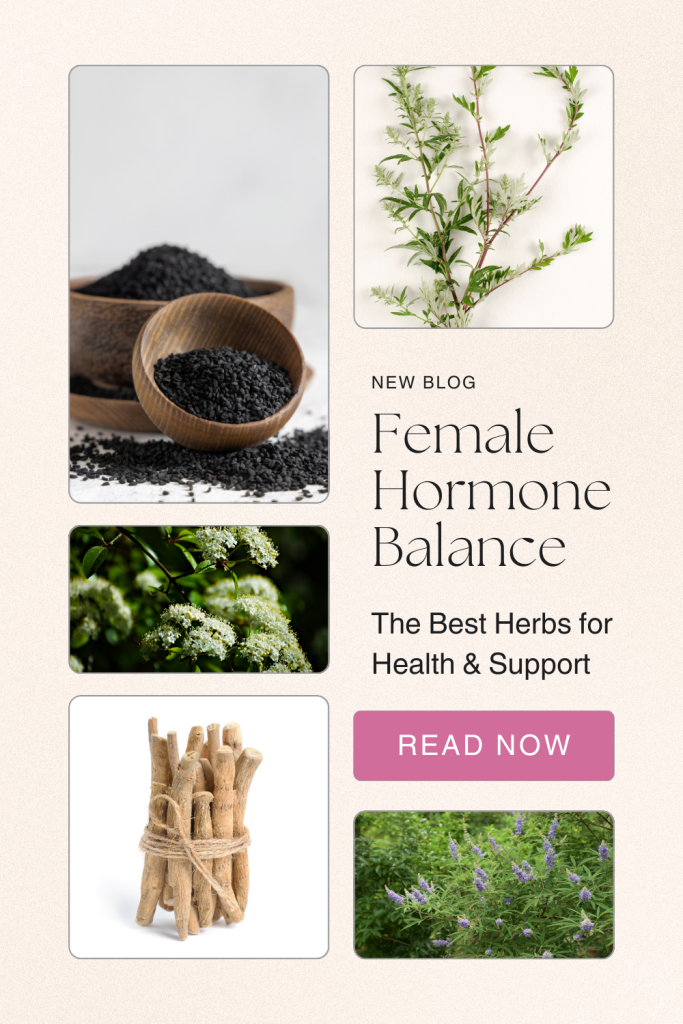
Endocrine System
The endocrine system creates and releases hormones to maintain numerous bodily functions. Endocrine tissues (mainly glands) include your pituitary gland, thyroid, pancreas, and others. Several conditions are related to endocrine system issues usually due to a hormone imbalance or problems directly affecting the tissue.
The endocrine system is responsible for monitoring the correct level of hormones and correcting them as needed.
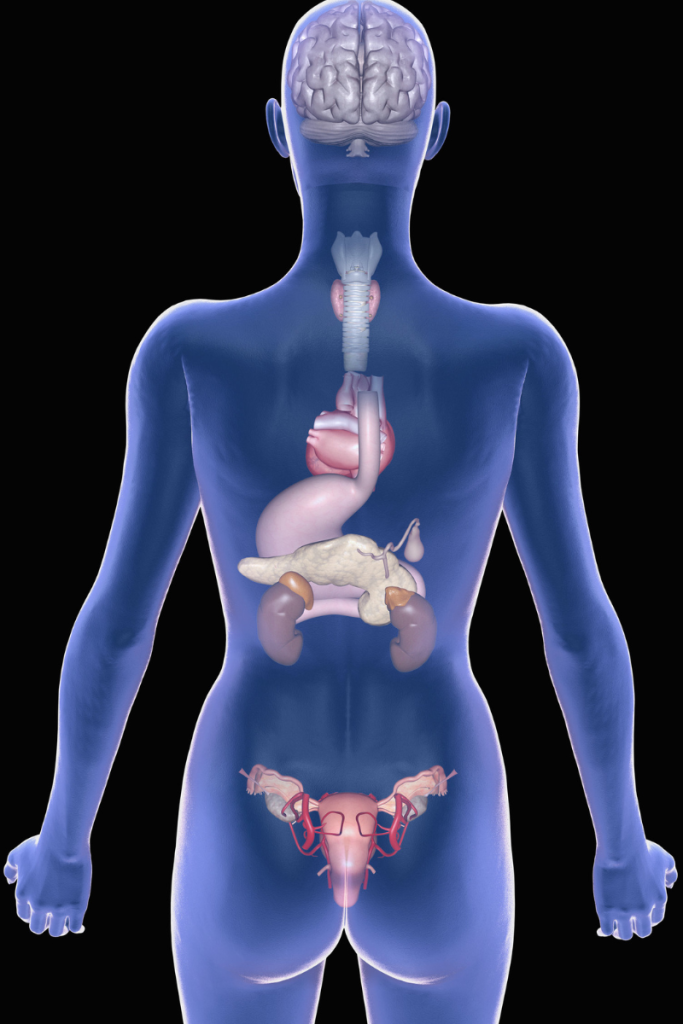
Your endocrine system consists of the following glands:
- Hypothalamus.
- Pituitary gland.
- Pineal gland.
- Thyroid.
- Parathyroid glands.
- Adrenal glands.
- Pancreas.
- Ovaries.
- Testes.
However, not all organs and tissues that release hormones are considered part of the endocrine system.
Other body organs and tissues that release hormones include:
- Adipose tissue (fat).
- Kidneys.
- Liver.
- GI Tract (gastrointestinal tract).
- Placenta (temporary organ when a woman is pregnant).
What are hormones?
Hormones are chemicals that coordinate different functions in your body by carrying and delivering messages through your blood to the rest of your body. If your body has too little or too much of a hormone, it will affect your health.
Hormones lock into the cells they target (think lock and key) so they can deliver their message. A person has more than 50 different hormones, and they affect nearly all aspects of your health.
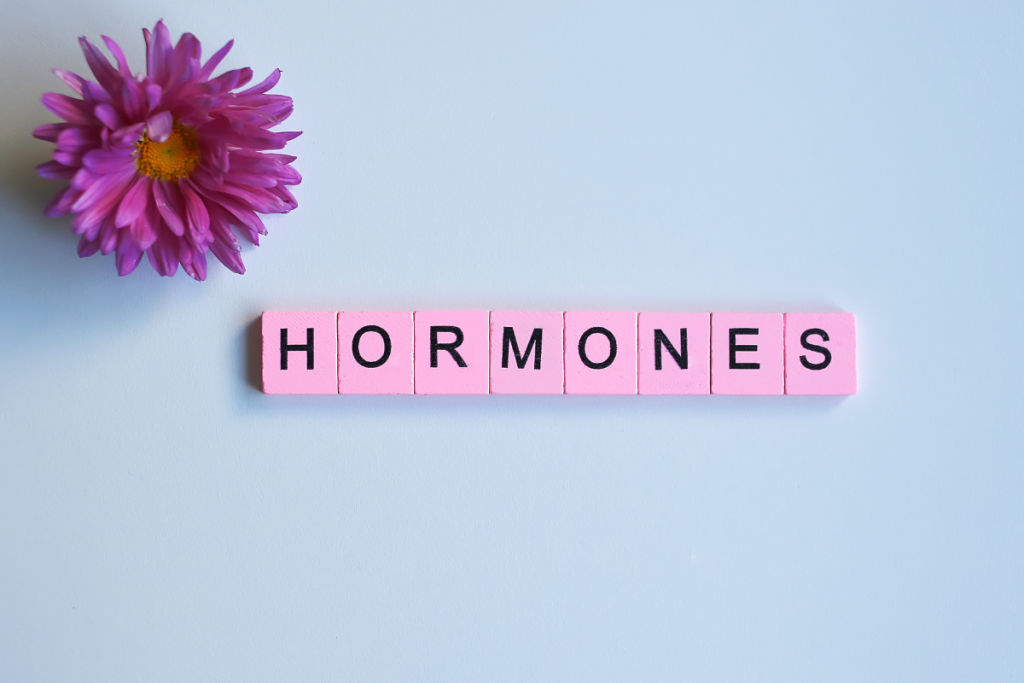
Some examples include:
- Growth & development
- Homeostasis.
- Metabolism (digestion)
- Mood.
- Reproduction.
- Sleep-wake cycle.
- Sexual function.
What are some endocrine system diseases?
Hormonal imbalances make up a significant number of endocrine diseases.
Some, but definitely not all, endocrine diseases are:
Diabetes and metabolic conditions:
- Type 1 diabetes.
- Type 2 diabetes.
- Gestational diabetes
- Metabolic syndrome.
Thyroid disease:
- Hypothyroidism and hyperthyroidism.
- Thyroiditis.
- Thyroid nodule.
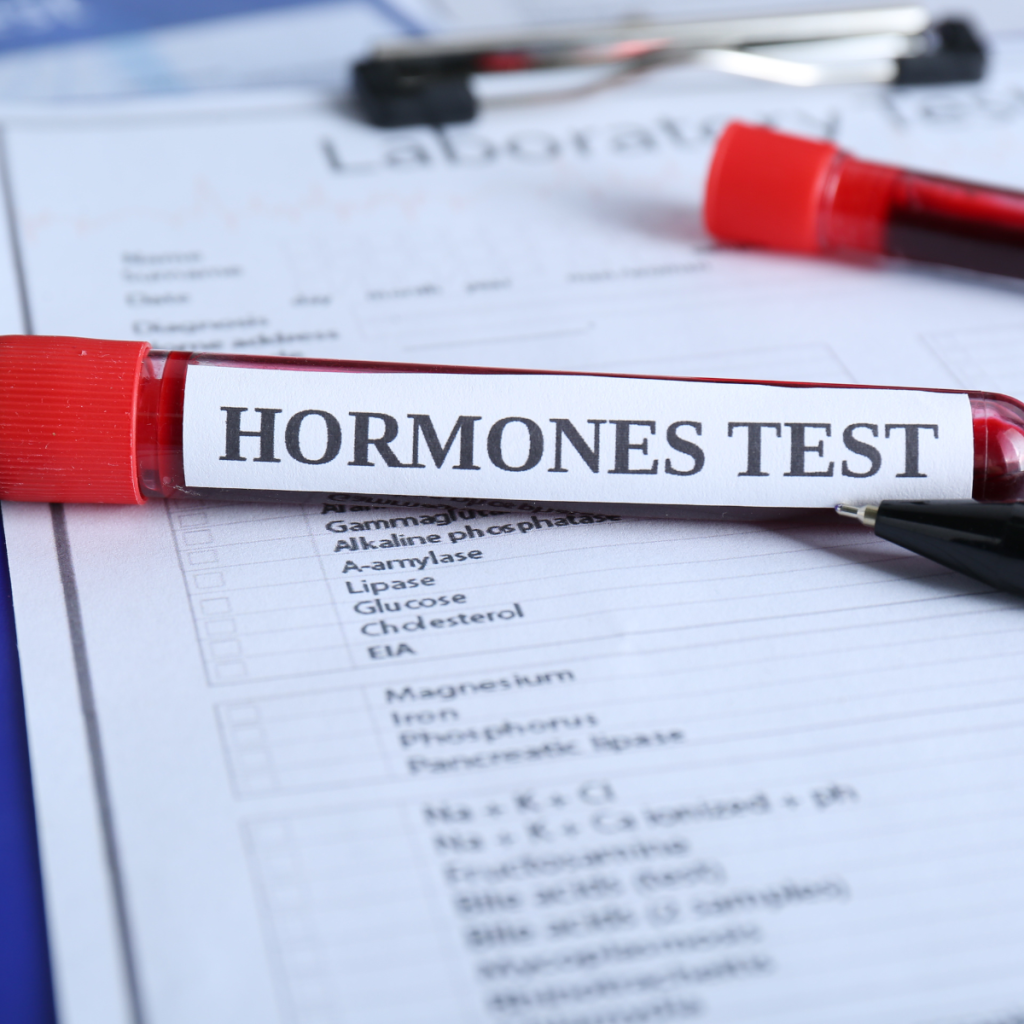
Female-specific conditions:
- Infertility: Hormonal imbalances are the leading cause of infertility in women and men.
- Irregular menstruation (periods): Several hormones are involved in the menstrual cycle. Conditions that cause irregular periods include polycystic ovary syndrome (PCOS) and amenorrhea.
- Hormonal acne: hormone fluctuations, especially during puberty, are a significant factor. Hormonal acne (adult acne) develops when hormonal changes (menopause, pregnancy, etc.) increase the amount of oil your skin produces.
- Menopausal disorders: are when a woman no longer has menstrual periods. Some symptoms include hot flashes, night sweats, and vaginal dryness.
- Polycystic ovary syndrome (PCOS): amenorrhea, irregular menstruation, anovulation, and other symptoms make up PCOS.
- Premenstrual syndrome (PMS): mood swings, acne, and headaches are to name a few symptoms.
Some factors that play into hormonal imbalances are chemicals called endocrine disrupters (EDCs) also known as hormone-disrupting chemicals. These chemicals and environmental toxins are in many everyday products, including:
- Cosmetics.
- Fragrances (perfume, cologne, candles, cleaning products, etc.).
- Food and beverage packaging.
- Toys.
- Carpets.
- Pesticides.
- Clothing.
It is probably nearly impossible to avoid contact with all EDCs, but you should make educated choices to reduce your exposure to them and your risk of any potential health effects.
Herbs and herbal medicine
Herbs are a group of plants whose leaves, flowers, roots, and seeds are used for various purposes.
Herbal medicine is when you use particular herbs for the treatment of a particular disease or symptom. This can sometimes be referred to as traditional Chinese medicine, the use of herbal supplements, or natural medicine.
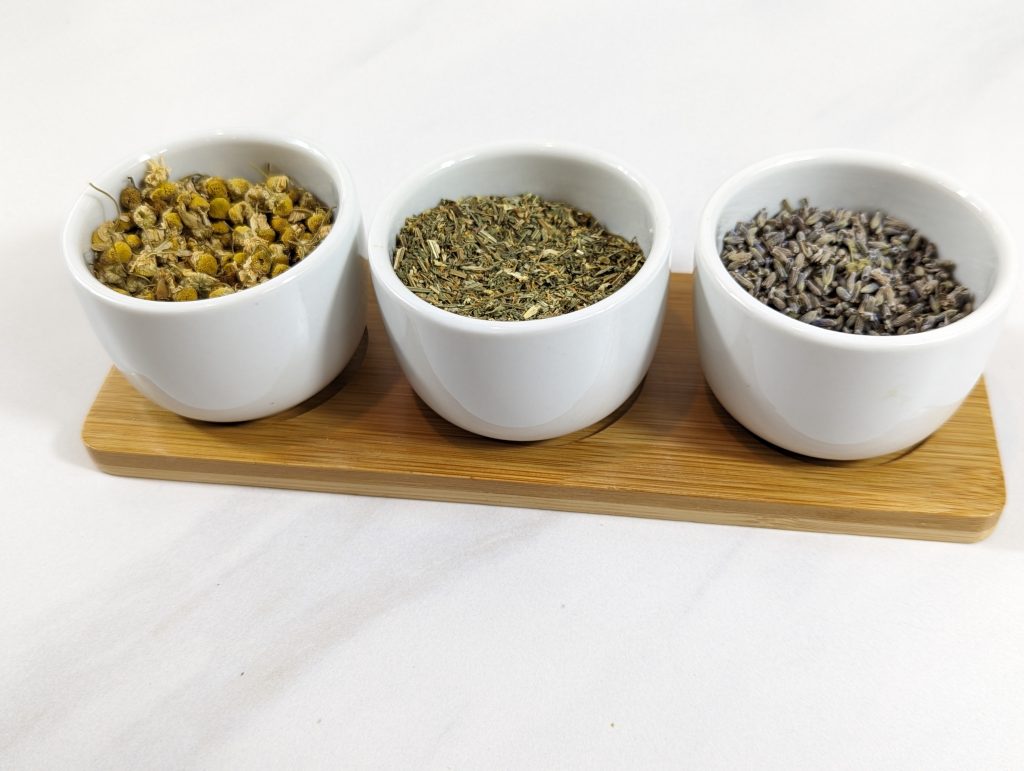
See my resources page for more sourcing of herbs and DIY items.
Class of herbs
Herbs specific for females generally fall into four classifications: uterine tonics, emmenagogues, hormonal balancers, and uterine contractors. The method of action of each herb will determine its classification of course. Adaptogens are also used to aid in female hormone balance.
Adaptogens
An adaptogenic herb is a class of herbs that help the body adjust to external pressures and stress. They work with the body’s physiological processes to maintain health.
Examples of adaptogen herbs are:
- ashwagandha
- astragalus
- ginseng
Uterine tonics
Uterine tonics help to tone and strengthen the entire female reproductive system. These specific herbs feed and nourish the reproductive organs and help to restore vitality and balance to the entire system.
These herbs include:
- chaste tree berry
- dandelion leaf and root
- dong quai root
- ginger root
- milky tops of oats
- nettle leaf
- raspberry leaf
Emmenagogues
Emmenagogue herbs stimulate and promote normal menstrual periods. They can help relieve menstrual cramps and start a woman’s menstruation that was delayed. Many of these herbs are also uterine tonics but can be used to promote menstruation by irritating/stimulating the uterine muscles.
These herbs include:
- blue cohosh root
- dong quai root
- ginger root
- motherwort leaf
- mugwort leaf
- pennyroyal leaf
- yarrow flower and leaf
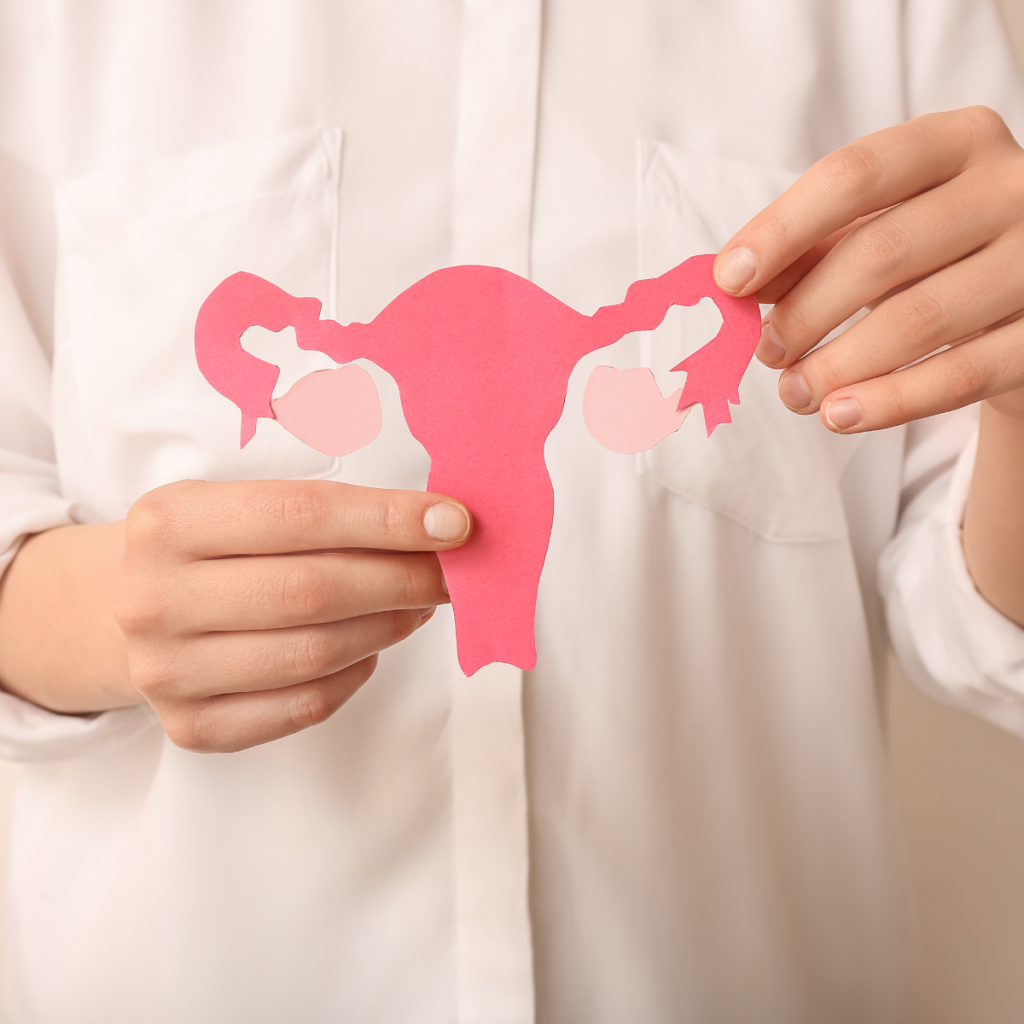
Hormonal balance and regulators
These herbs normalize the function of the endocrine system to aid in the proper function of the reproductive system. These herbs can help balance estrogen and progesterone. This makes these herbs great for menstrual and menopausal conditions. These herbs can often affect the liver as well.
These herbs include:
- black cohosh root
- chaste tree berry
- licorice root
- milk thistle seed
- wild yam root
Uterine contractors
Uterine contractor herbs do exactly what it sounds like, to contract the uterus. Most are used to start labor but can also aid in starting menstruation. Some of these herbs do contain oxytocin, which can then prompt the start of uterine contractions.
These herbs include:
- blue cohosh root
- cotton root bark
- parsley root and leaf
- pennyroyal leaf and flower
- rue leaf
- tansy leaf
The best herbs for female hormone balance
The list I have created of the best herbs for female hormone balance is as follows:
- Ashwagandha
- Black cumin
- Black cohosh
- Black haw
- Blue cohosh
- Chaste tree
- Dong Quai
- Lady’s mantle
- Motherwort
- Mugwort
- Nettle
- Partridge berry
Check out my resource page for best places to buy herbs and equipment.
Ashwagandha
Ashwagandha (Withania somnifera) is an adaptogenic herb that can help boost the conversion of T4 (the thyroid storage hormone) to T3 (the active thyroid hormone).
Use cautiously when pregnant as it can abort the pregnancy. Contraindicated in those sensitive to the nightshade family.
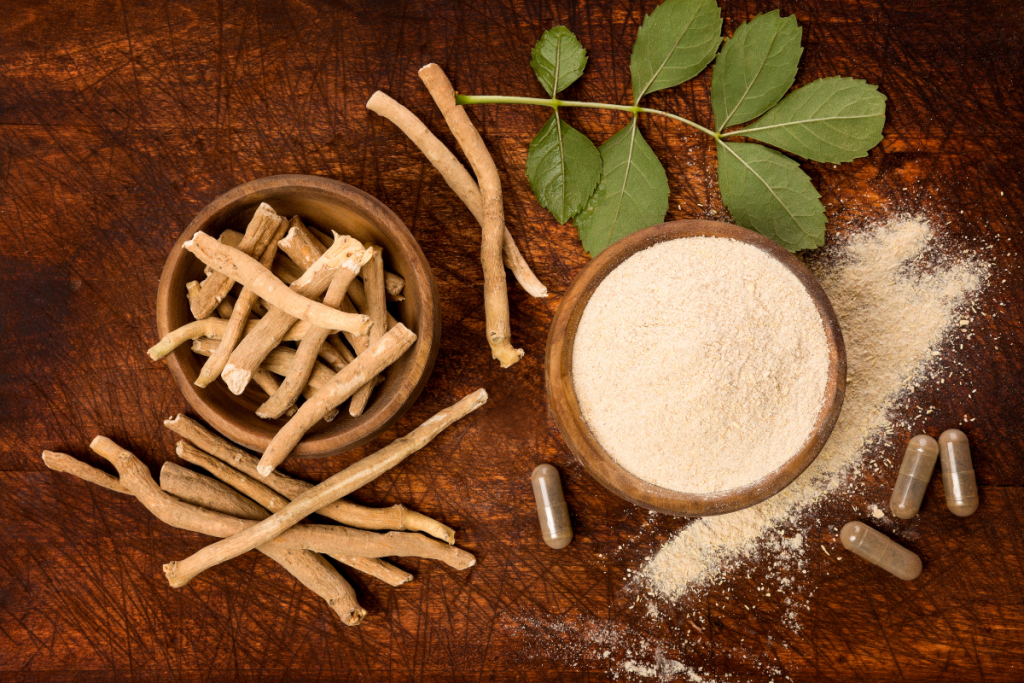
Black Cumin
Black cumin (Nigella sativa) has been shown to exert estrogenic effects in menopausal women according to a recent study. In large quantities, this can be used to induce menstruation and in India is used to increase breast milk production.
A recent study has also shown that it may be beneficial for those with metabolic syndrome, a condition that usually involves hyperlipidemia, hypertension, and type 2 diabetes.
This herb should be avoided during pregnancy.
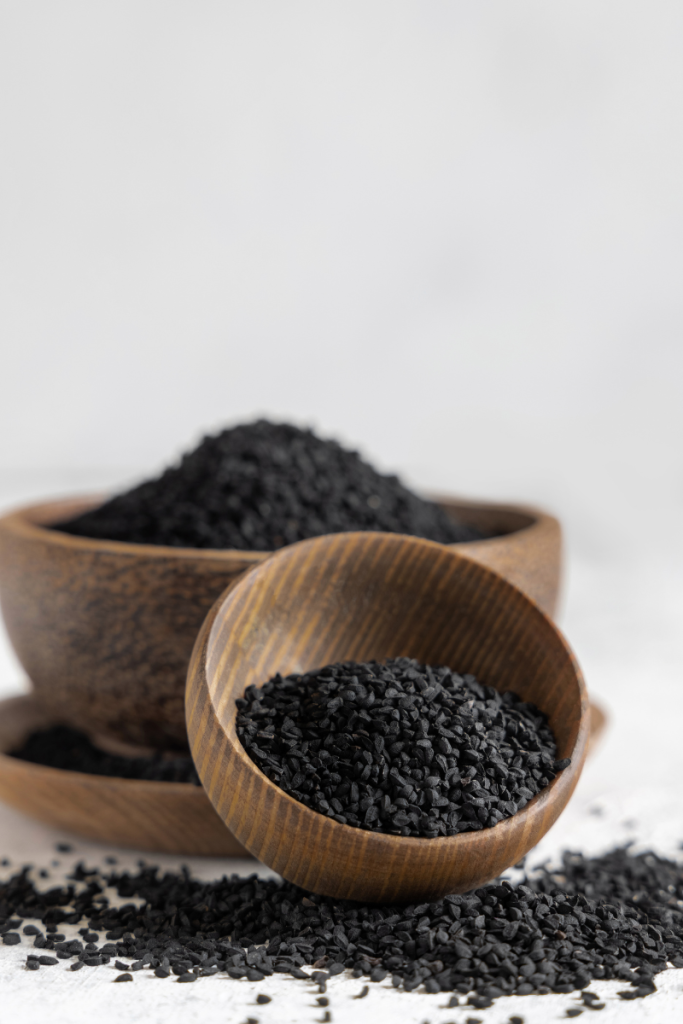
Black cohosh
Black cohosh (Cimicifuga racemosa; Actaea racemosa) is a powerful nervine and muscle relaxant, as well as a great uterine tonic herb. It helps to stimulate the estrogen cycle and is very helpful for menopausal women. Native Americans have long used this herb for women with painful periods and other problems associated with menopause.
There are at least 10 clinical trials that have found black cohosh to help relieve menopausal symptoms, such as hot flashes. In 1995 a German study found that when combined with St. John’s wort, it was effective in 78% of its cases. It is also suggested that because of its estrogenic effect, it can slow or prevent osteoporosis and has the potential to treat polycystic ovarian syndrome (PCOS).
Because this herb can stimulate uterine contractions, it is not recommended in early pregnancy but can later be used during the last few weeks of pregnancy and labor. Other cautions are large doses can cause headaches, dizziness, irritation of the CNS (central nervous system), nausea, and vomiting. It is best to use this herb in a formula to decrease the likelihood of these adverse side effects. If you do get a headache, you can often treat it with a strong cup of green tea.
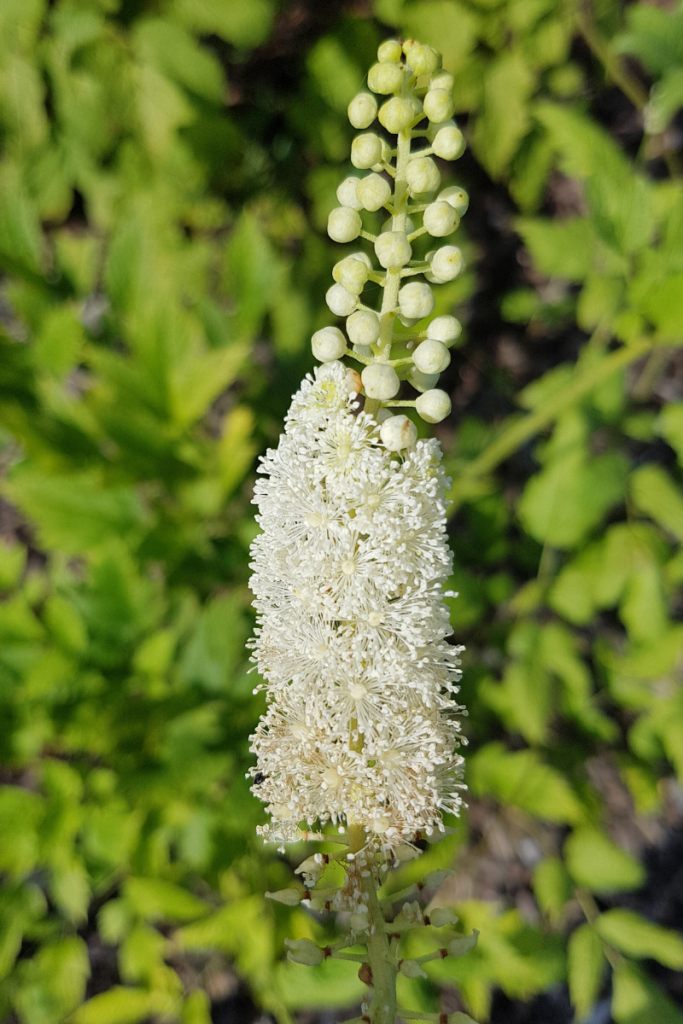
Black Haw
Black Haw (Rubus fruticosus) is an antispasmodic herb used to help relieve painful menstruation. It has a history of being known to “quiet” the uterus. It can have a similar effect as cramp bark but not as strong. Black haw is most used for threatened miscarriages, uterine cramps, and dysmenorrhea.
This herb is contraindicated in pregnancy, unless early on with a threatened miscarriage or 35 or more weeks gestation.
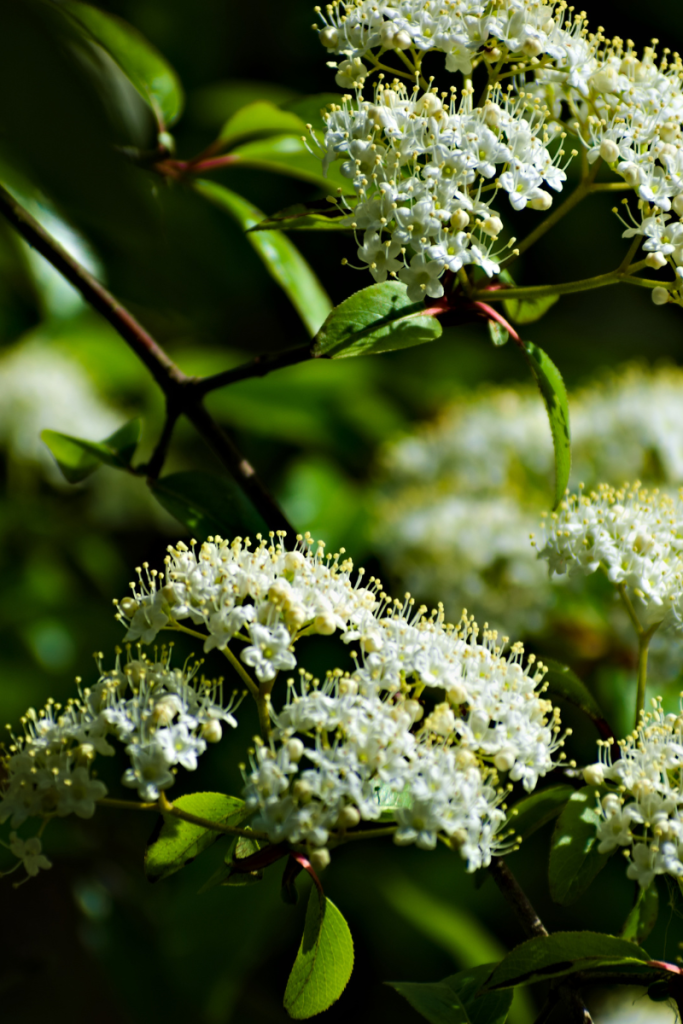
Blue cohosh
Blue cohosh (Caulophyllum thalictroides) is an antispasmodic, emmenagogue, and oxytocic herb. It is used over the end of pregnancies to help induce labor and can also work to end delayed menstruation. If taken during labor, it can help to strengthen the contractions. It is also helpful in relieving painful menstrual cramps and breast pain. It can also help with ovarian pain.
Because this herb can stimulate uterine contractions, it is not recommended in early pregnancy or by those attempting to become pregnant, but can later be used during the last few weeks of pregnancy and labor. It should be avoided during heavy menstrual bleeding. It is mildly toxic in large doses.
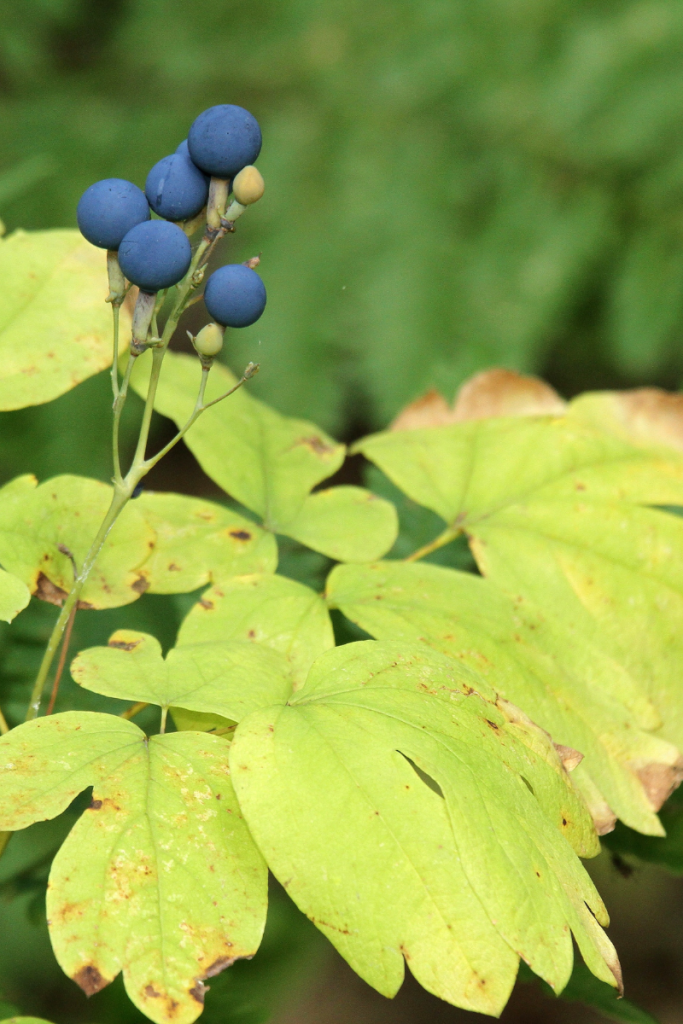
Chaste tree
Chaste tree (Vitex agnus-castus) helps to regulate women’s hormones, making it helpful for PMS and menopause. It is helpful to normalize the menstrual cycle and to increase fertility. The hormonal effects within the brain lead to increased levels of the neurotransmitters dopamine and melatonin. These help to promote better hormonal regulations of the menstrual cycle, notably through increasing progesterone levels.
It is used to help balance reproductive hormones in teens and adults. The berries stimulate the pituitary gland, which controls the menstrual cycle.
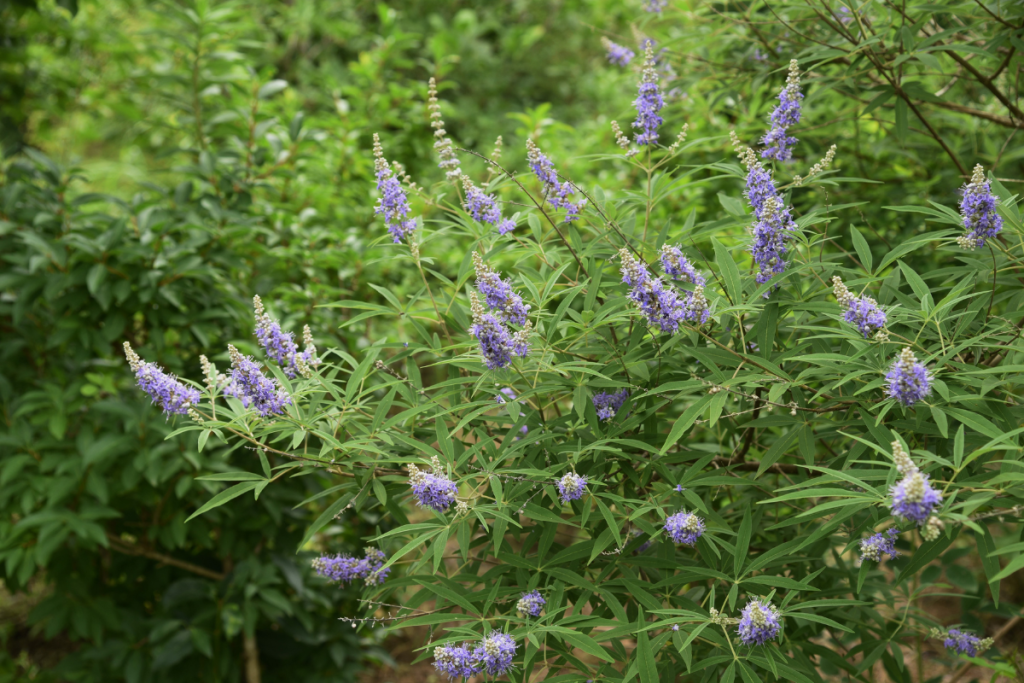
A 2001 clinical research trial tested chaste berry against a placebo in 178 women with PMS. After 3 months, those taking chaste tree had a 50% reduction in symptoms compared to the placebo group.
It is also taken to help increase a breastfeeding mother’s milk supply and also to help reduce acne when in a formula.
This inhibits androgens (male sex hormones) and is generally more suitable for women than men because of this. It is a slow-acting herb that can take 3-6 months to show optimal improvement. It should not be stopped suddenly and should be tapered down over time to discontinue use. This herb might reduce the effect of hormonal birth control because of its effects on hormones.
Dong Quai
Dong Quai (Angelica sinensis) is a blood tonic used in Asia to improve the general health of women. It helps to rebuild the blood from the monthly blood loss women experience and increases blood flow to the pelvic area. Over time it can strengthen the uterus and help pre-pubescent girls into menstruation or older women into their menopause years.
This herb regulates menstrual cycles, relieves period pain and cramps, and is an ideal tonic for women with heavy menstruation who risk becoming anemic. This is also a uterine tonic that can help with infertility.
China’s research in the 1970s has shown this helps to regulate uterine contractions. Should not be taken during pregnancy or the menstrual cycle.
This herb should be avoided during pregnancy.
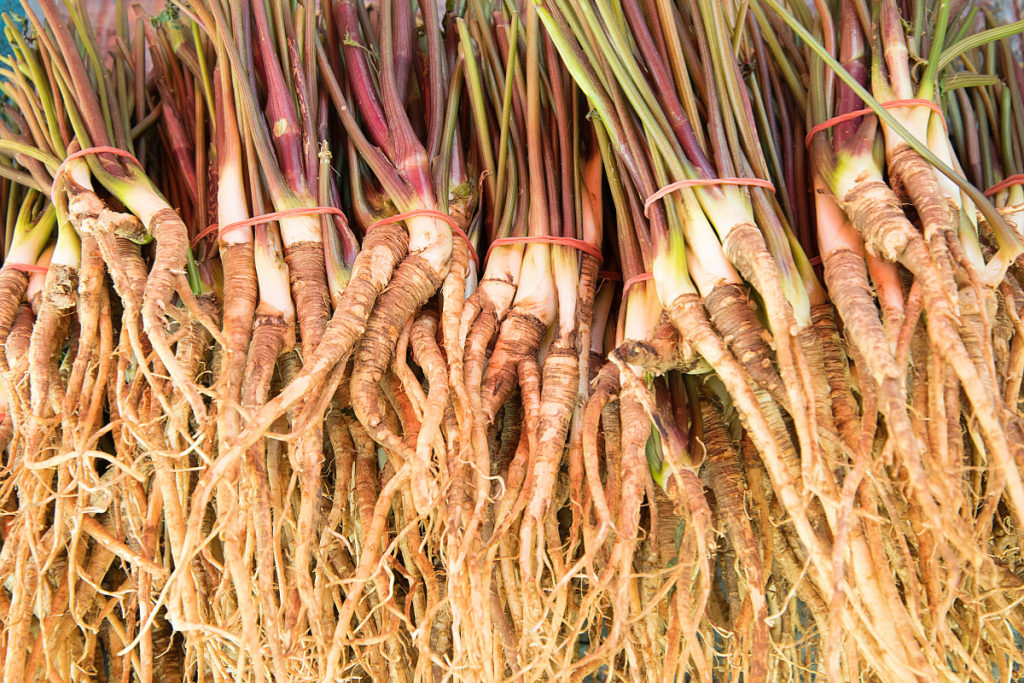
Lady’s mantle
Lady’s mantle (Alchemilla vulgaris) is a tonic for the uterus and an herbal remedy for vaginal discharge and heavy menstruation. It helps regulate irregular cycles, relieves menstrual cramps, and helps to reduce heavy menstrual bleeding. Lady’s mantle has also been used to promote fertility. It is said that taking regularly for 15 days can reverse sterility due to the “slipperiness” of the womb.
As the name implies, it is a valuable herb for women’s ailments and is thought to have a progestogenic action. It has been prescribed for fibroids and endometriosis.
This herb must be avoided during pregnancy.
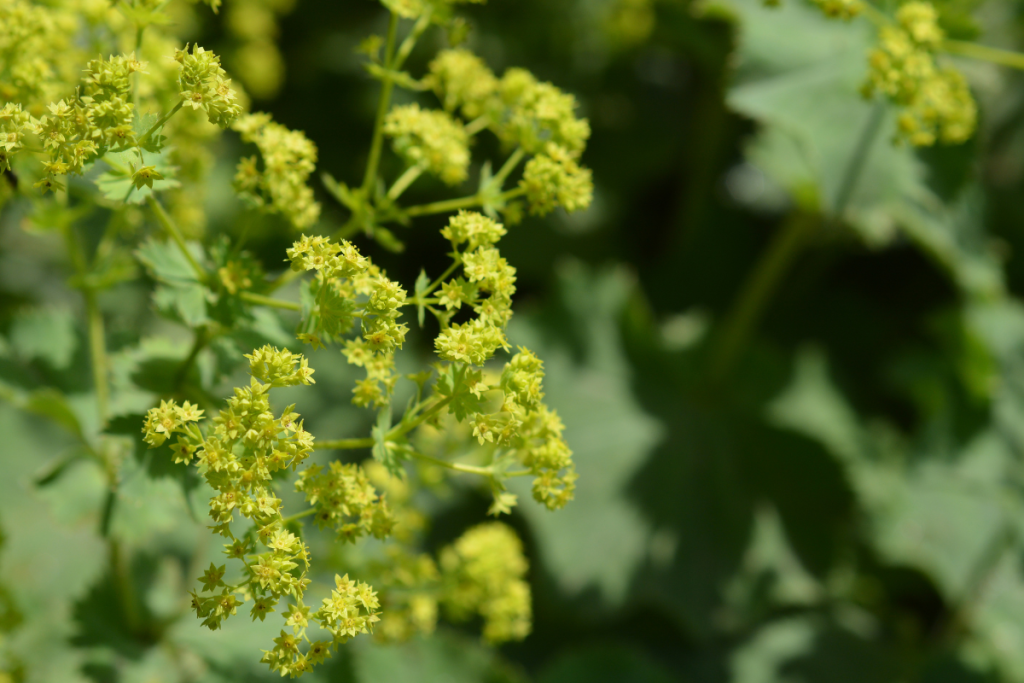
Motherwort
Motherwort (Leonurus cardiaca) is a calming nervine and emmenagogue and is most specifically used for menopausal women. It is useful for hot flashes, menstrual cramps, scanty menstrual flow, and vaginal pain from weakness, irritability, and stress. Motherwort stimulates the muscles of the uterus and is suitable for delayed menstruation, pain during menstruation, and PMS.
Avoid during pregnancy and heavy menstruation.
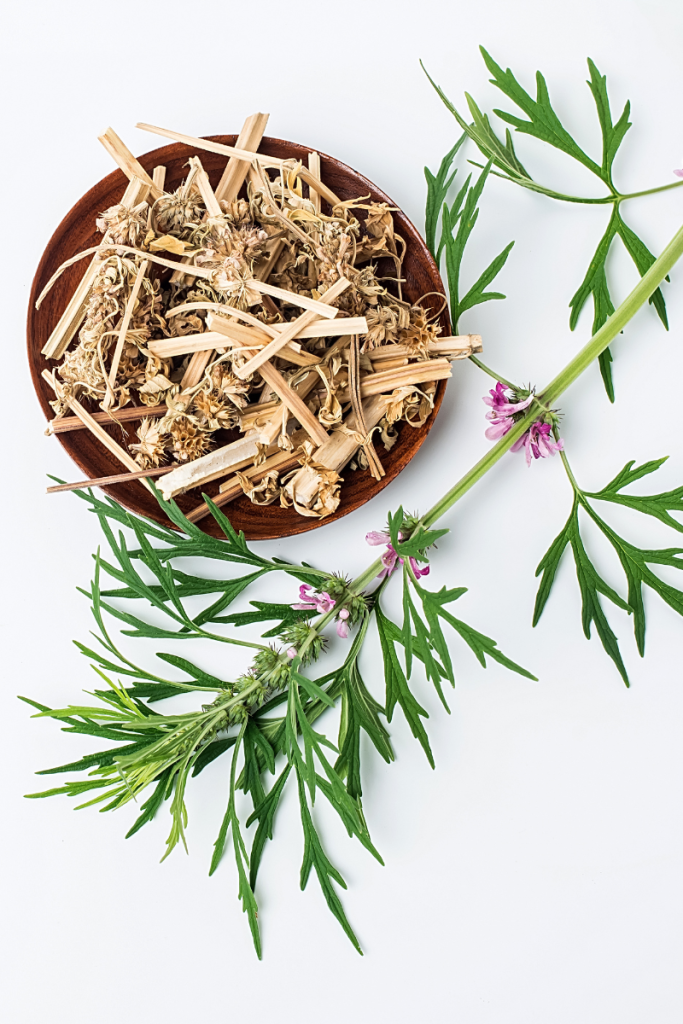
Mugwort
Mugwort (Artemisia vulgaris) is a uterine stimulant and aids in bringing on delayed menstruation. It can help to regulate the cycles of young women who are just entering puberty and their menses.
Mugwort was historically used to induce labor by the Romans in the 13th century and the Spanish in the 18th century. However, the Chinese use this herb to prevent miscarriage and to reduce or stop bleeding.
This herb should not be taken during pregnancy in my research. If you are having a threatened miscarriage, speak with a very knowledgeable herbalist before trying this herb. Other herbs may be more suitable and less controversial.
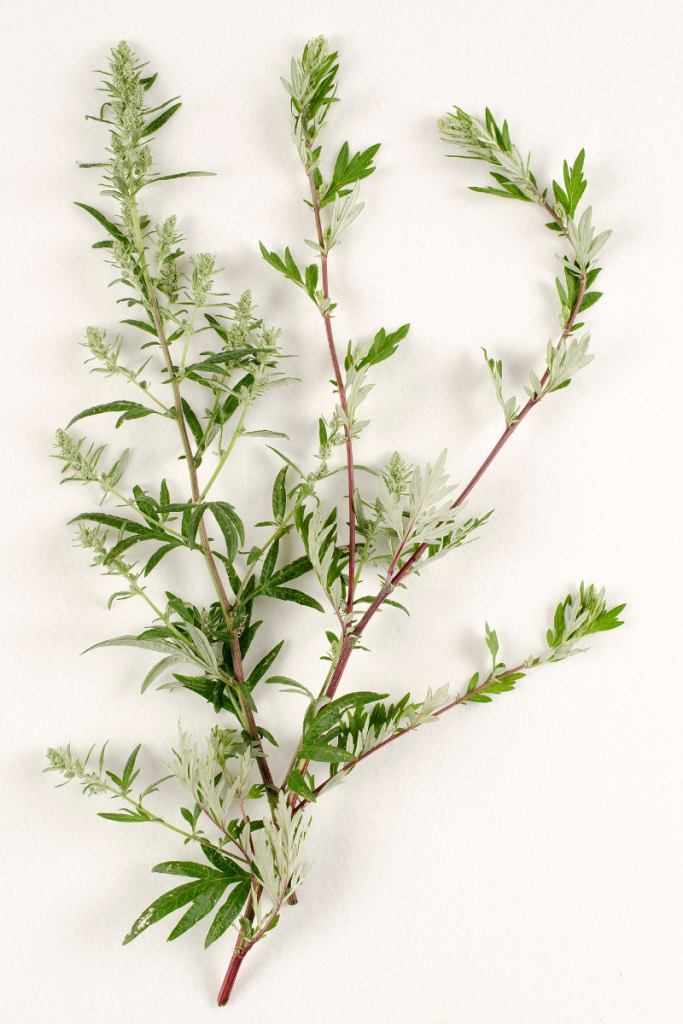
Nettle
Nettle (Urtica dioica) is probably the most well-known, versatile, and all-around best herb for women. It is a rich source of iron, calcium, and vitamin A. It is most commonly used during pregnancy to aid in preventing and treating anemia. I keep a large amount of this herb on hand to take while pregnant or breastfeeding. Nettle can help to increase the flow of a woman’s milk if taken while breastfeeding. Nettle is most commonly taken with red raspberry leaf and alfalfa when pregnant.
The only warning with nettle is when harvesting it make sure to wear gloves or you will get stung from it. It is called Stinging Nettle after all.
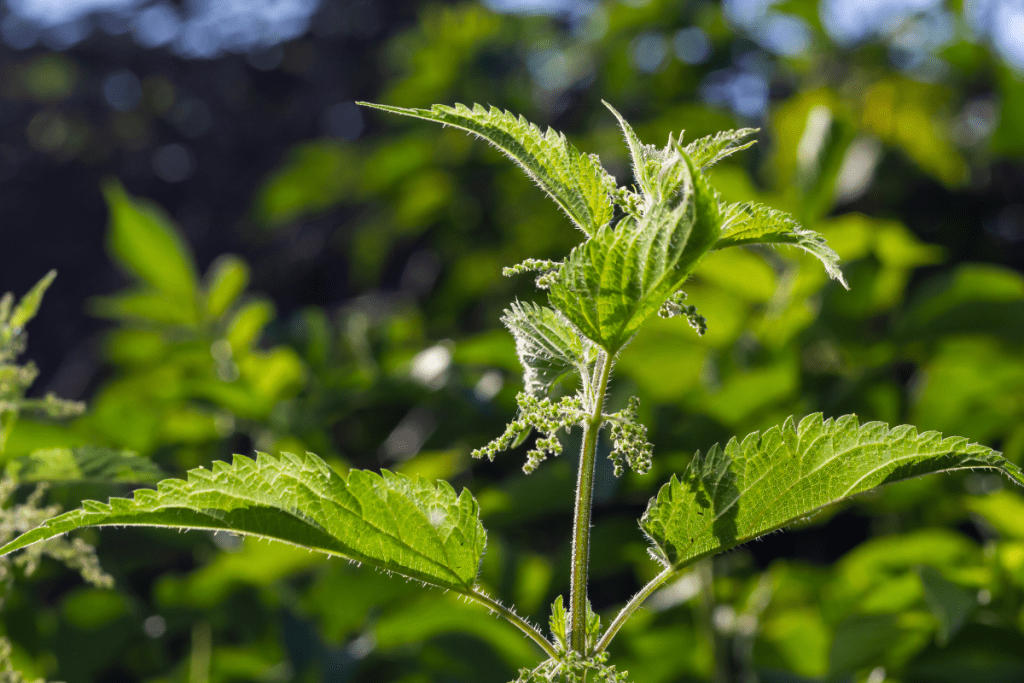
Partridge berry vine
Partridge berry (vine) (Mitchella repens) has traditionally been consumed by Native Americans during pregnancy to ease the difficulties in the later stages and to make childbirth fast and easy. This herb tones the uterus therefore easing painful, heavy menstruation and regulating menstruation. Partridge is generally recommended for hormonal disorders, such as PCOS.
There are no known warnings for this herb.
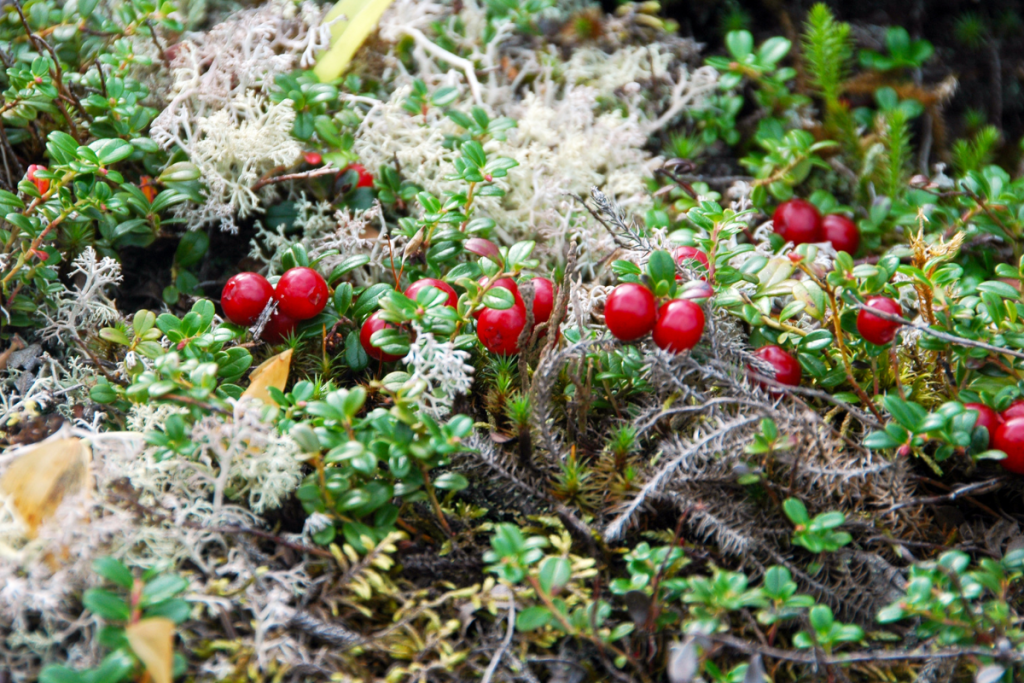
Herbal remedies and recipes
Here are a couple of recipes I have for women’s health and hormone balance.
Make sure to discuss the use of herbs medicinally with your healthcare provider.
Woman’s Hormonal Tea Recipe
This recipe is to help stimulate the liver and assist in normalizing a woman’s hormone functions.
ingredients:
- 2 parts chaste tree berry
- 2 parts dandelion root
- 2 parts sassafras bark
- 1 part burdock root
- 1 part ginger root
- 1 part licorice root
- 1/2 part cinnamon bark
- 1/4 part orange peel
- honey, maple syrup, or stevia to taste
Combine all of the ingredients and prepare as a decoction. Drink 3-4 cups a day.
Decoction:
- Place the herbs into a small saucepan.
- Cover with cold water.
- Heat slowly at a simmer covered for approximately 20-45 minutes.
- Remove from heat.
- Strain herbs with a cheesecloth or mesh strainer. Make sure to compost the herbs.
- Add honey, maple syrup, or stevia to taste if desired.
Notes: the longer you simmer the tea, the stronger the herbs will be.
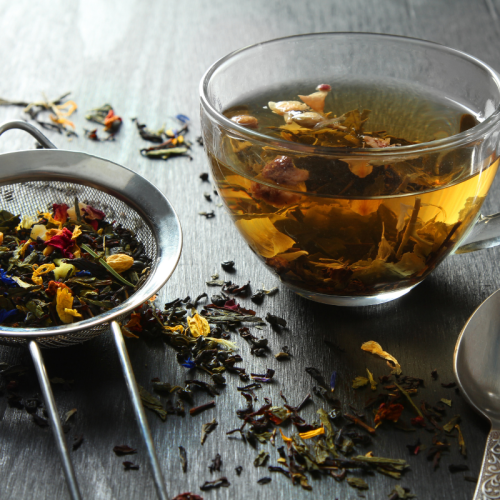
Woman’s Hormonal Tea recipe
Equipment
- 1 Small saucepan
- 1 mesh strainer
Ingredients
- 2 parts chaste tree berry
- 2 parts dandelion root
- 2 parts sassafras bark
- 1 part burdock root
- 1 part ginger root
- 1 part licorice root
- 1/2 part cinnamon bark
- 1/4 part orange peel
- honey, maple syrup, or stevia to taste
Instructions
- Place the herbs into a small saucepan.
- Cover with cold water.
- Heat slowly at a simmer covered for approximately 20-45 minutes.
- Remove from heat.
- Strain herbs with a cheesecloth or mesh strainer. Make sure to compost the herbs.
- Add honey, maple syrup or stevia to taste if desired.
Notes
Women’s Reproductive Tonic Tea Recipe
This recipe is meant to work on the liver and reproductive system.
Ingredients:
- 2 parts dandelion root
- 1 part chaste tree berry
- 1 part wild yam root
- 1 part yellow dock root
- 1/2 part Oregon grape root
Combine all of the ingredients and prepare as a decoction. Drink 3-4 cups a day.
Decoction:
- Place the herbs into a small saucepan.
- Cover with cold water.
- Heat slowly at a simmer covered for approximately 20-45 minutes.
- Remove from heat.
- Strain herbs with a cheesecloth or mesh strainer. Make sure to compost the herbs.
- Add honey, maple syrup, or stevia to taste if desired.
Notes: the longer you simmer the tea, the stronger the herbs will be.
You can add cinnamon, ginger, lemon peel, or sassafras to taste if you find this to be too bitter.
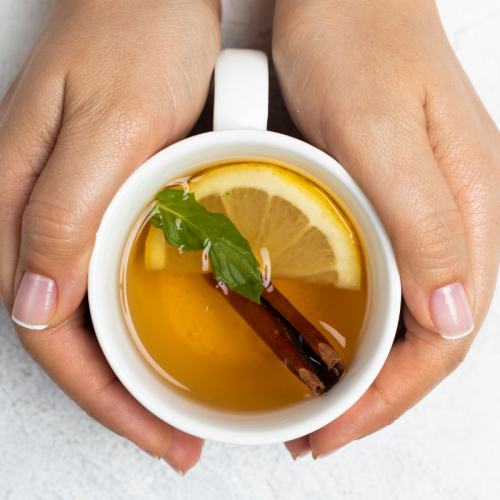
Women’s Reproductive Tonic Tea recipe
Equipment
- 1 Small saucepan
- 1 mesh strainer
Ingredients
- 2 parts dandelion root
- 1 part chaste tree berry
- 1 part wild yam root
- 1 part yellow dock root
- 1/2 part Oregon grape root
- honey, maple syrup, or stevia to taste
Instructions
- Place the herbs into a small saucepan.
- Cover with cold water.
- Heat slowly at a simmer covered for approximately 20-45 minutes.
- Remove from heat.
- Strain herbs with a cheesecloth or mesh strainer. Make sure to compost the herbs.
- Add honey, maple syrup, or stevia to taste if desired.
Notes
Let me know!
Let me know what has worked or not worked for you, down in the comments below. I always love to hear how things have worked out for others.
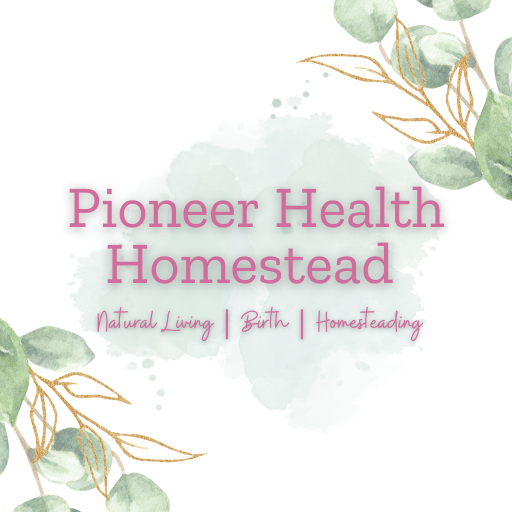
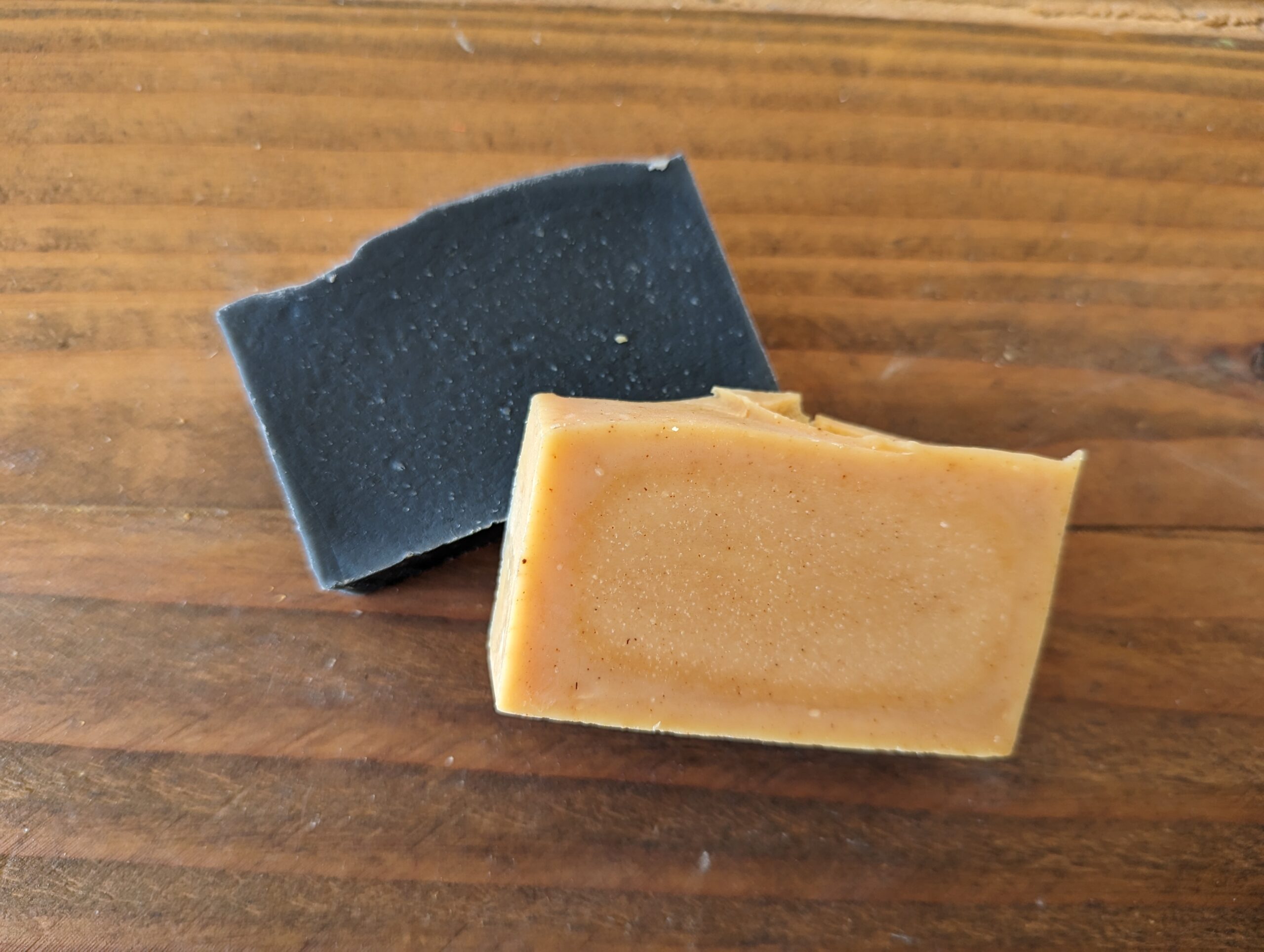
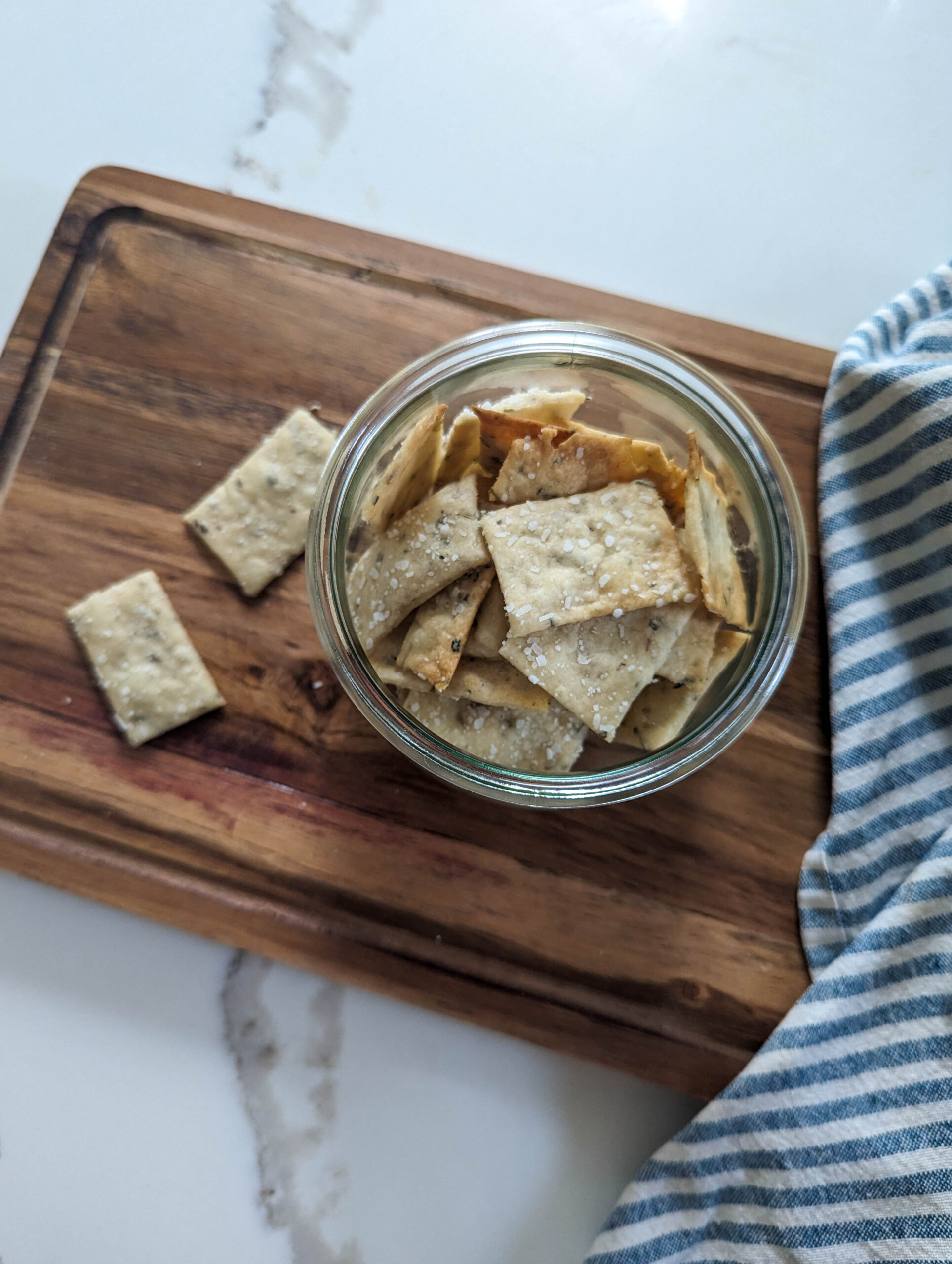

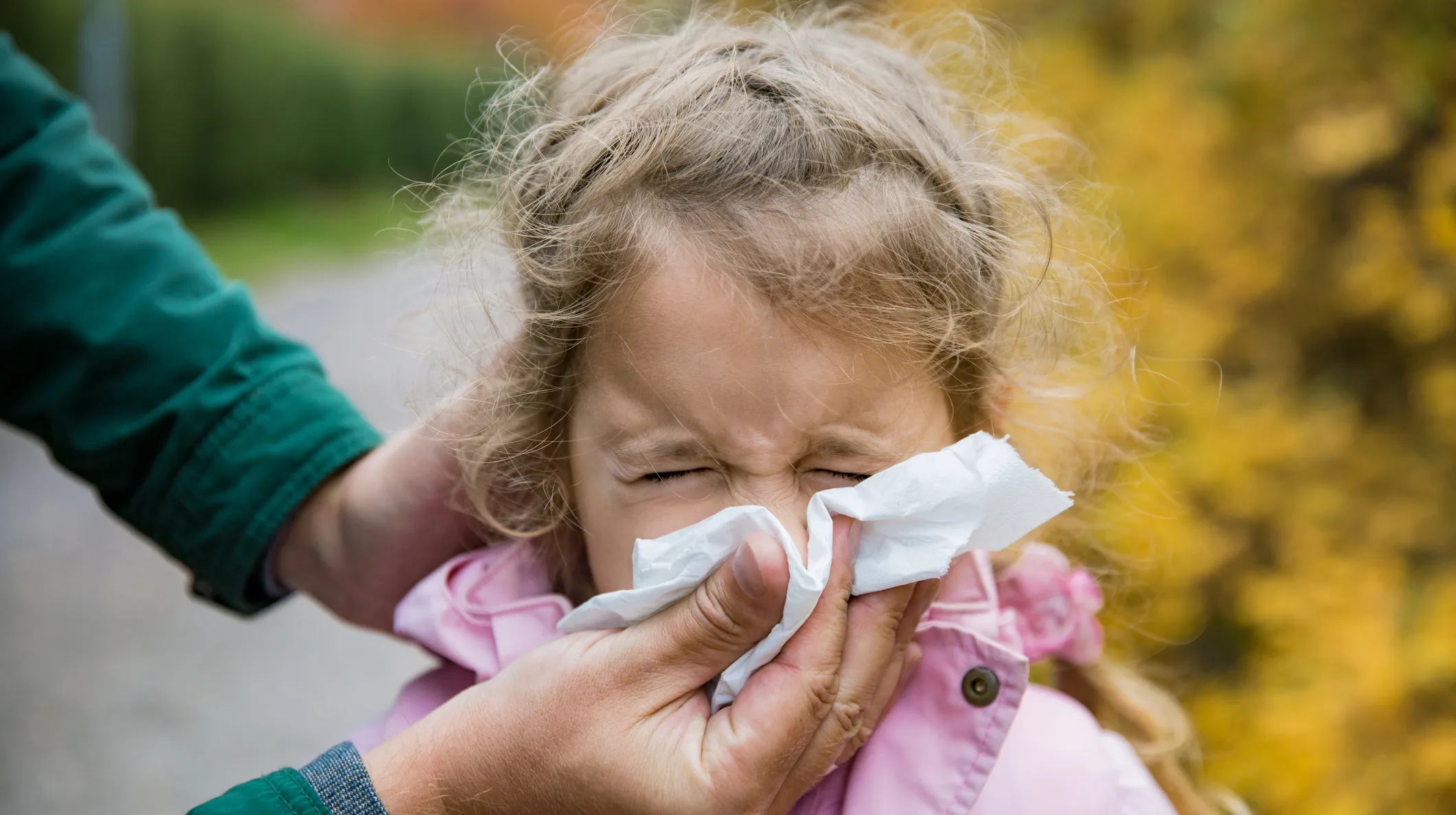
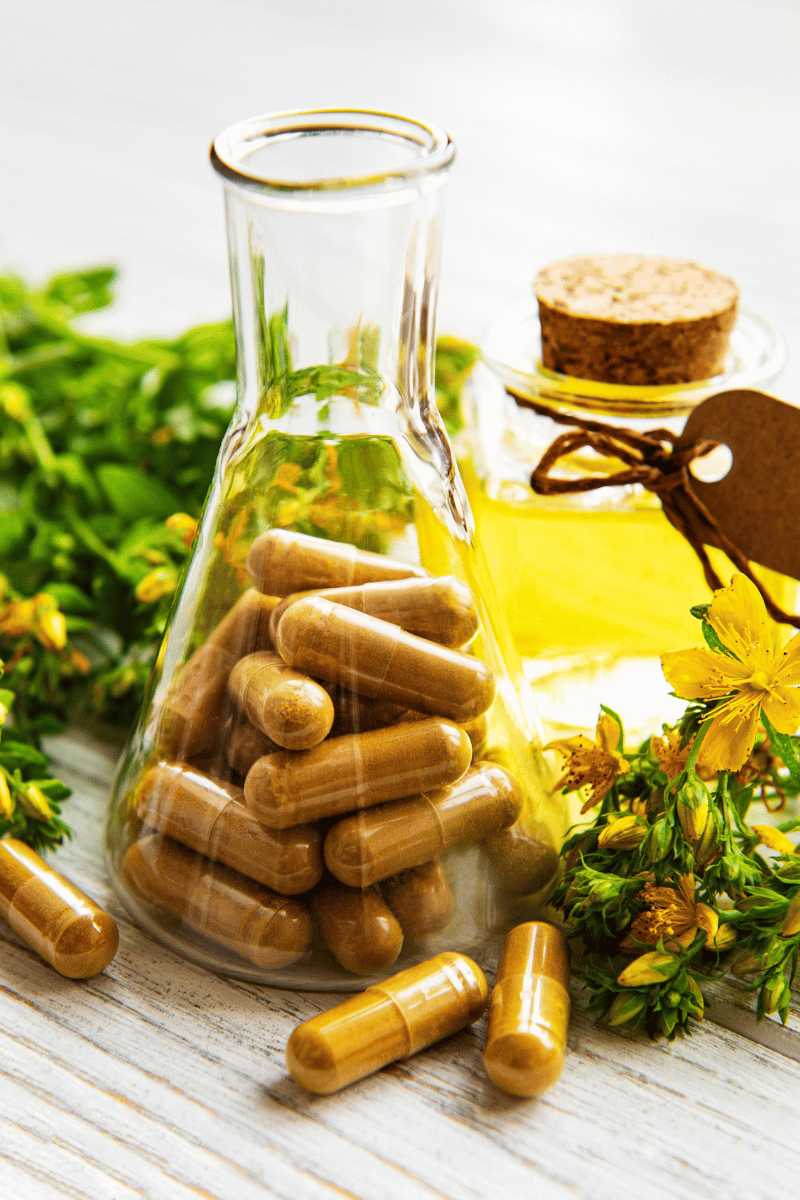
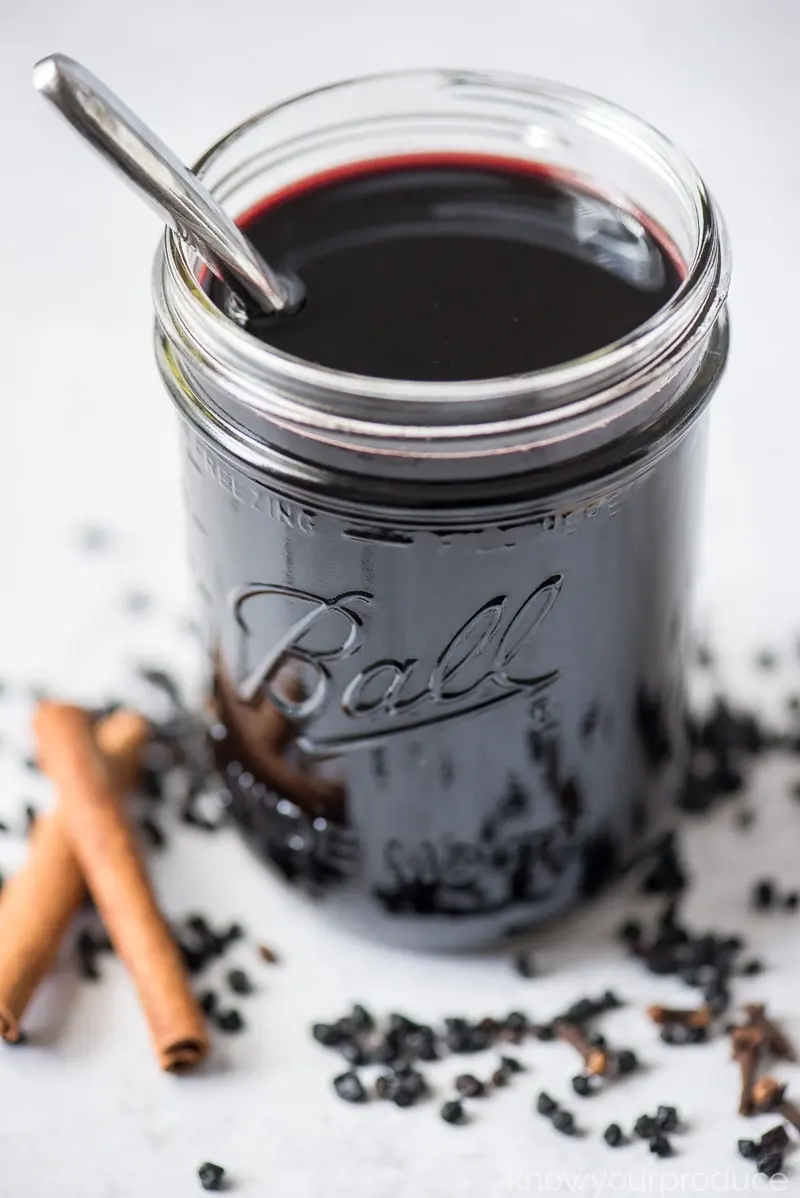
Such great information! Thanks for the recipe, looks amazing and so healthy!
Thank you. I’m currently sipping on a version of the tea right now and it’s so good 🙂
This was so informative, that I needed to digest it for a moment. Definitely saved this post for later to refer to it. Thank you for sharing all this knowledge.
Sonja
Blue Tea Tile
blueteatile.com
Thank you! Let me know if you have questions once you’ve digested it 🙂
This is awesome information!
Thank you! Hope it was helpful.
So.informative thanks for such a hood resource! So interesting!